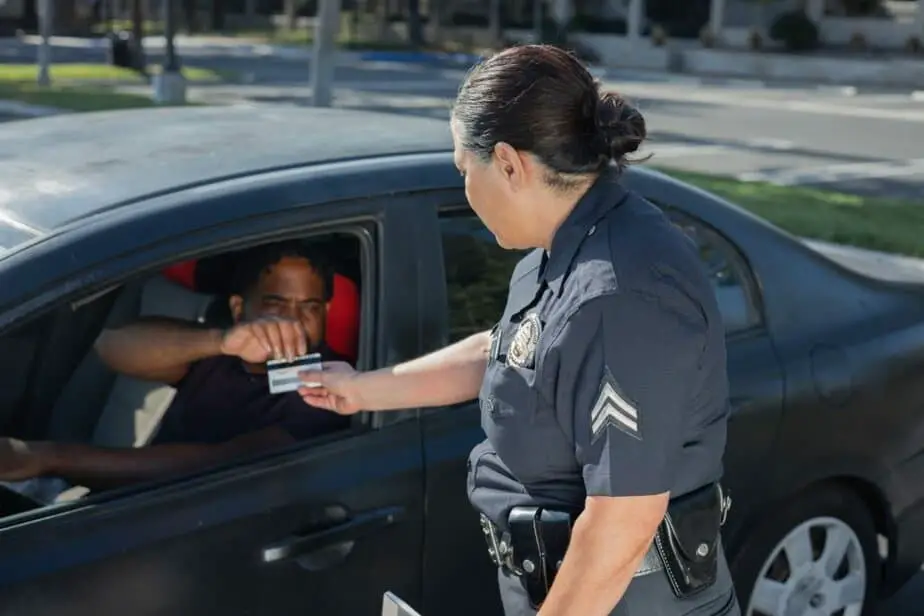California has three official licenses based on your age and driving experience, and one special permit. The official licenses are learner’s permit, restricted license, and full license. These official licenses can further be classified into non-commercial and commercial DL. The forms, categories, and sub-types of California Driver’s Licenses will be described in detail below.
California’s Official Licenses
- Learner’s Permit: This is a special license issued to someone who is learning to drive but has yet to meet the requirements for possessing a driver’s license. Having a Learner’s Permit for a set period is usually one of the conditions for applying for a full driver’s license.
The process for getting a Learner’s Permit in California is determined by your age.
Minors between the ages of 15½ and 17½ must first complete a driver’s education course before applying. A driver’s education course must be completed before applying.
A driver’s education course is not mandatory if you are 18 years old. You can apply directly for your Learner’s Permit at the DMV. If you are under the age of 18, you must be accompanied by a parent or guardian to the DMV to sign the Driver’s License or Identification (DL/ID) Card application form.
- Restricted License (RL): You must be at least 16 years old to apply for this license. You must have a Learner’s Permit for a minimum of 6 months and at least 50 hours of driving experience. You must not drive with more than one person under the age of 21 unless accompanied by a legal guardian, parent, or a person over the age of 25 who holds a driver’s license. Except in an emergency, you can’t drive between 11 p.m. and 5 a.m. without supervision.
This license permits driving in limited circumstances. In California, most Restricted Licenses entail regaining partial driving privileges following a drunk driving arrest.
Junior Permit Statement of Facts: The applicant must be at least 14 years old but under the age of 18. It is granted only if the minor must use a car for school, work, or emergencies.
Full license: You must be above 16 years old before applying. Also, you must have held a provisional license for at least 6 months. When applying for a California driver’s license, you must produce appropriate documents proving your identity, residency, birthdate, and Social Security Number (SSN).
Application Process
Here’s a list of processes involved in getting your California DL
Go to DMV’s official website and fill out and sign a Driver’s License & ID Card Application (DL 44/eDL 44). Submit your paperwork. Deposit a non-refundable application fee. Pass your vision and skills tests. Pass the driving test.
Classification of Full Licenses
There are two categories of Driver’s Licenses in California, namely Commercial and Noncommercial.
Commercial Driver’s License (CDL)
Whether you want to pursue a full-time trucking job or make money from it for a while, you’ll need a CDL. To get this license, you must enrol at a truck driving school and pass the mandatory tests.
Types of CDL in California
Class A CDL: This class of CDL is mandatory to operate a combination of trucks weighing more than 26,000 pounds. It allows you to drive the following trucks: Tanker vehicles, Flatbeds, Truck/trailer combinations, Tractor-trailers, Double/triple trailers, Livestock carriers, and Tractor-trailer buses.
Class B CDL: This Class of CDL is mandatory to drive a single truck weighing above 26,000 pounds.
Class C CDL: This class of CDL is mandated for drivers of vehicles that do not meet the Class A or Class B standards. It is a prerequisite for vehicles transporting harmful substances or carrying more than 16 passengers.
Noncommercial Driver’s License
Class C: This is the common type of driver’s license. It is mandatory to drive regular cars: 2-axle vehicles weighing less than 26,000 pounds like cars and vans with fewer than 15 passengers.
Class A: Permits you to drive trailers with a Gross Vehicle Weight Rating (GVWR) above 10,000 pounds and 5th-wheel travel trailers with a GVWR above 15,000 pounds. It let farmers drive livestock trailers weighing more than 10,000 pounds but less than 15,000 pounds if the truck is not used for commercial purposes.
Class B: Permits you to tow a asingle-car weighing not more than 10,000 pounds and a fifth-wheel travel trailer weighing not more than 15,000 pounds. Also, you can operate a housecar between 40 and 45 feet long with it.
Class M: This class of license is limited to two-wheeled vehicles like Motorbikes or motorized bicycles
One of the most important requirements for driving in California is a driver’s license. When applying for a driver’s license, you should understand the differences between commercial and non-commercial licenses. By so doing, you will have no difficulty driving your car(s) around. Check out the many types of licenses available in your jurisdiction and apply for the one that best fits your driving needs.
What Is a Real ID?
It is a driver’s license card and a means of national identification. Real ID cards are distinguished by a gold bear and a star. A real ID grants you access to federal facilities.
Does California Accept International Driver’s Licenses?
California does not recognize international driver’s licenses.
What Is the Validity Period of a California Driver’s License?
According to California Vehicle Code Section 12816(a), a California driving license is valid for five years. It expires on the driver’s fifth birthday from the issuance date.
